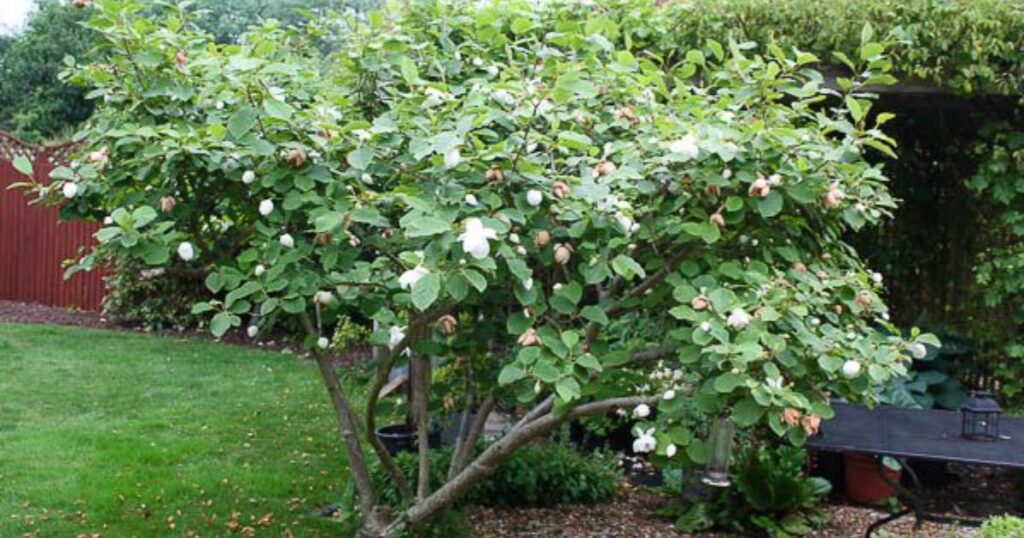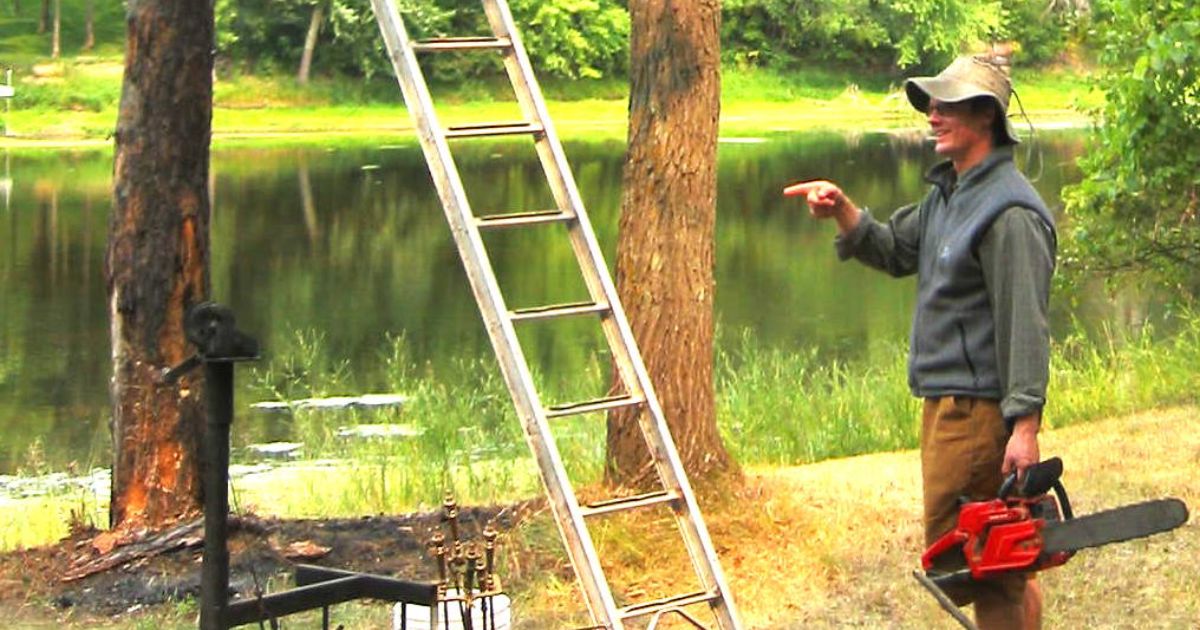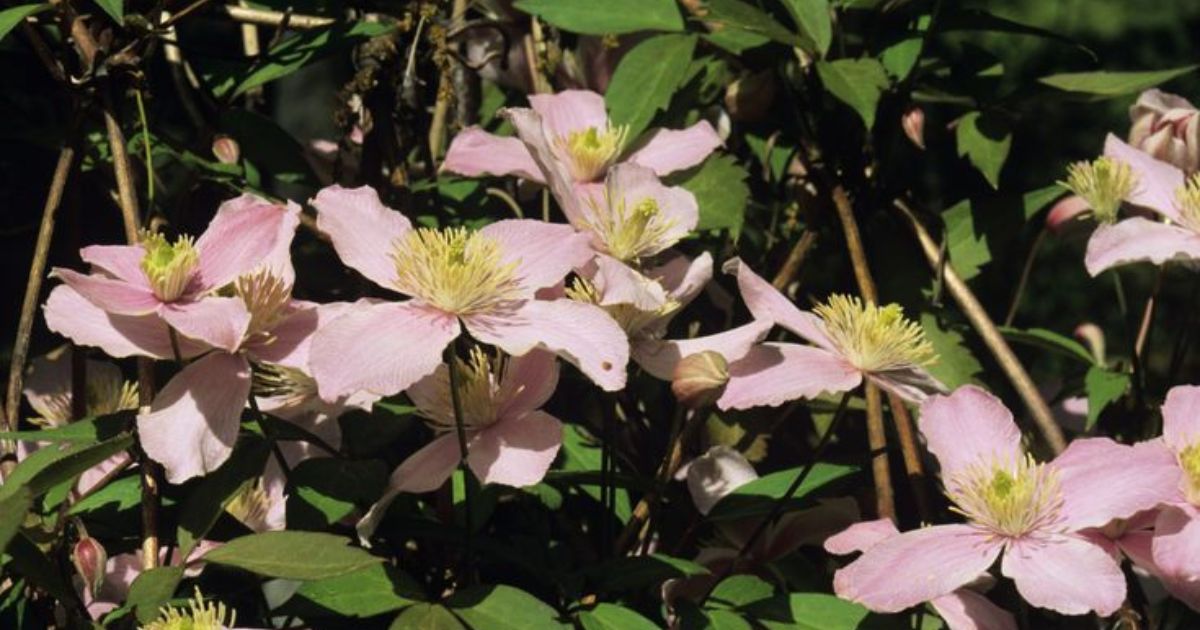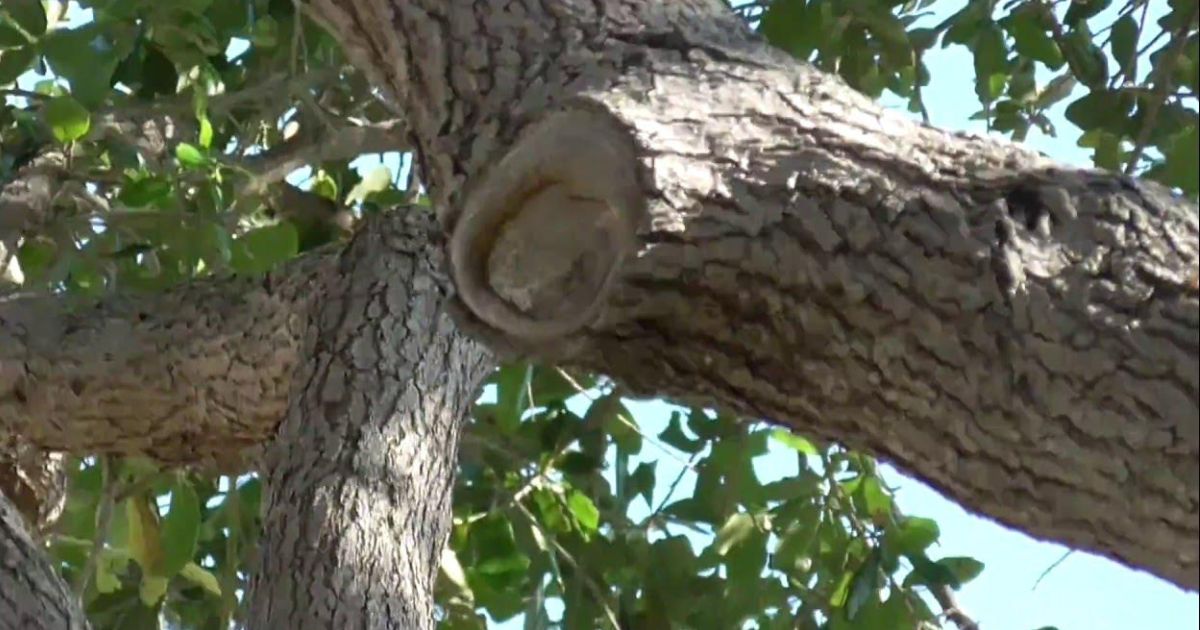Magnolia trees are beloved for their large, glossy leaves and stunning, fragrant blooms, making them a favorite in gardens and landscapes. Over time, however, these trees can become overgrown, with dense branches, low-hanging limbs, and unruly shapes that affect both their health and appearance. An overgrown magnolia not only looks untidy but can also suffer from poor air circulation, reduced sunlight penetration, and increased vulnerability to pests and diseases.
Proper pruning is the key to restoring a magnolia’s beauty while ensuring it stays healthy for years to come. But trimming an overgrown magnolia requires careful planning, the right tools, and knowledge of the tree’s growth patterns to avoid damaging its structure or flowers. In this guide, we’ll walk you through everything you need to know, how to trim an overgrown magnolia tree from choosing the right season and tools to step-by-step pruning techniques and aftercare tips, so you can transform your overgrown magnolia into a healthy, elegant feature of your garden.
Why Bother Trimming Your Magnolia?
You invest sweat and soil in your magnolia, so why let it overrun the scene? Pruning keeps it healthy by boosting air circulation, inviting sunlight to dance through the canopy, and preventing weak limbs from cracking under storm stress. Plus, a well-trimmed tree rewards you with more of those massive, How to Prune a Hydrangea in Spring for Healthy Growth fragrant flowers come spring. Skip the heavy cuts on mature magnolias; they bounce back slowly. Focus on selective snips that sculpt without shocking the plant. Ready to roll up your sleeves? Grab your tools and let’s dive in.
When to Trim a Magnolia Tree
Knowing the right time to trim a magnolia tree is crucial for maintaining its health and ensuring it blooms beautifully. Magnolias generally bloom in spring or early summer, so timing your pruning correctly helps avoid cutting off flower buds and prevents stress to the tree.The best time to prune most magnolia varieties is shortly after they have finished flowering. For spring-blooming magnolias, this means late spring to early summer. This scheduling preserves buds for the following flowering season while allowing the tree to recover before winter. Late-season pruning might encourage new growth that is susceptible to frost damage.
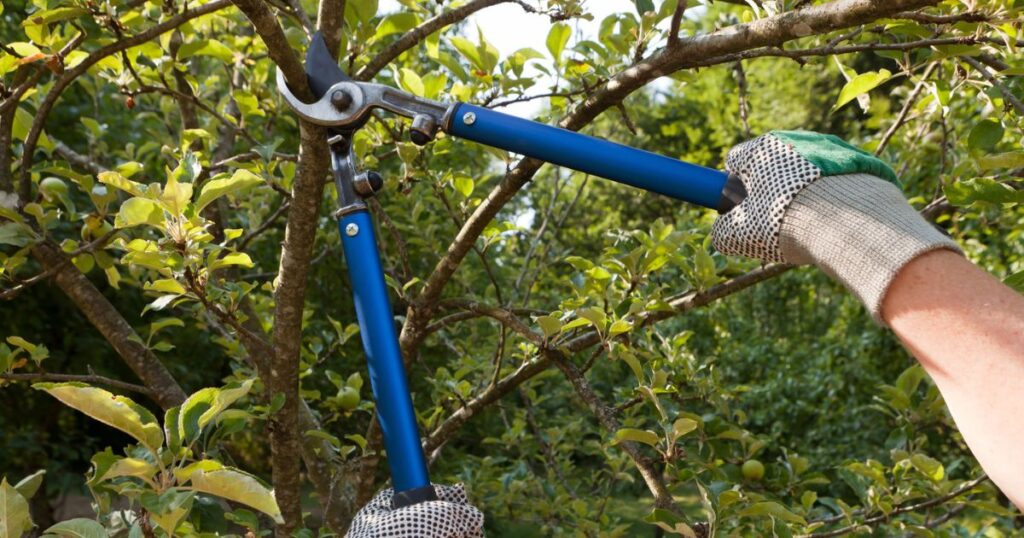
Light maintenance pruning, such as removing dead or damaged branches, can be done at any time of the year. However, major pruning of an overgrown magnolia should be avoided in late fall and winter, as the tree will be less able to heal.Avoid heavy pruning during early spring before blooming, as this can remove flowers for that year and stress the tree. By pruning at the right time, you encourage healthy growth, improve airflow, and ensure your magnolia continues to flower beautifully for years to come.
Step 1: Pick Your Moment Timing Is Everything
You don’t rush a magnolia; you sync with its rhythm. Schedule your trim for late winter or early spring, right after the last frost bids adieu but before new buds swell. This window allows you to easily spot winter damage, giving the tree time to heal before the summer heat hits. Avoid fall pruning sap flows freely then, inviting pests to crash the party. Check your local frost dates (a quick Google search away), caring for a magnolia tree mark your calendar, and get ready. Pro tip: If your tree’s in a mild climate, sneak in a light summer touch-up for dead bits, but save the big work for dormancy.
Step 2: Assemble Your Pruning Arsenal, Sharp and Ready
You arm yourself like a pro gardener: Clean, Top 15 Small Evergreen Flowering Shrubs for Tiny Yards sharp tools prevent tears and infections. Stock up on these essentials:
- Bypass pruners for twigs up to ½ inch thick make precision slices.
- Loppers for branches up to 2 inches extend your reach without a ladder tango.
- A pruning saw for thicker limbs should be used steadily to avoid splintering.
- Gloves and eye protection branches snap back like rubber bands.
- Disinfectant (such as rubbing alcohol or a bleach solution) should be used to wipe the blades between cuts to prevent the spread of disease.
Sharpen those blades beforehand; dull edges crush stems and invite trouble. And hey, if your magnolia towers over 20 feet, call in an arborist. You play it safe, not sorry.
Step 3: Assess and Plan Eyes on the Prize Shape
You stand back and survey your tree like an artist eyeing a canvas. Identify problem spots: dead or diseased branches (they look brittle or discolored), crossing limbs that rub raw, and suckers sprouting from the base like unwanted weeds. Aim for an open, vase-like form; magnolias thrive with a strong central leader and outward-arching branches. Sketch a quick mental map: Remove no more than 25% of the canopy in one go, focusing on the “three Ds” (dead, damaged, diseased) first. This strategic scout keeps you from over-pruning and turning your tree into a lollipop on a stick.
Step 4: Make the Cuts Precision Over Power
You step up with confidence, but remember: Magnolias heal slowly, so you prune lightly and thoughtfully. Start at the base, snip suckers flush with the trunk to redirect energy upward. Move to the canopy: Cut dead wood back to healthy tissue, angling saws at 45 degrees just above a bud or collar (that swollen ring at the branch base) to promote smooth sealing. For crossing branches, choose the weaker one and lop it out entirely, creating space for air and light to flow. Thin crowded areas by removing entire branches at their origin, not topping them (that’s a magnolia’s nightmare, leading to weak regrowth). Work from the top down, stepping back often to check balance. Each cut? Clean, quick, and ¼ inch above a bud facing outward, How to Prune Roses for Healthy Growth and Beautiful Blooms you guide new growth where you want it.
Step 5: Wrap It Up with TLC Nurture the Afterglow
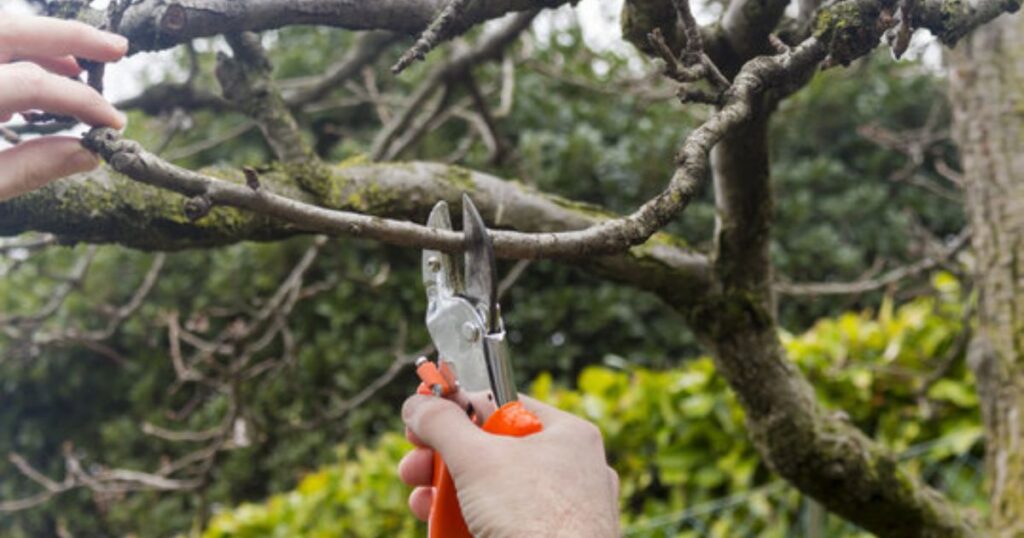
You finish strong by clearing debris, hauling away clippings, and curbing beetles and fungi from setting up shop. Water deeply during the first week to ease transplant shock (pruning counts as surgery, after all), and to keep moisture in, mulch the base. Fertilize sparingly in spring with a balanced, slow-release formula that fuels recovery without forcing soft growth that snaps in the wind. Watch for signs of stress (such as wilting leaves). Act fast with extra water. Pat yourself on the back; your magnolia now breathes easier, poised for another season of wow.
How to Care for a Magnolia Plant
Magnolia plants are prized for their beauty, fragrance, and lush foliage; however, they require proper care to thrive. Here’s a complete guide to keeping your magnolia healthy and blooming year after year.
Planting Location
Magnolias prefer a spot with full sun to partial shade and protection from harsh winds. Choose well-draining soil, as they dislike waterlogged conditions. Slightly acidic soil (pH 5.5–6.5) is ideal for most varieties.
Watering
Young magnolias require consistent watering to establish a strong root system. Water deeply once or twice a week, especially in dry periods. Mature magnolias are more drought-tolerant but will still benefit from routine irrigation during extended dry seasons. Avoid overwatering, since it might cause root rot. Apply a 2–3 inch layer of organic mulch. Keep the base of the mulch a few inches from the trunk. Mulch retains moisture, Why Fall is the Best Time to Plant Trees regulates soil temperature, and reduces weed growth.
Fertilizing
Feed magnolias with an acid-loving plant fertilizer in spring and again in summer if growth slows. Avoid high-nitrogen fertilizers, as they can encourage leaf growth at the expense of blooms.
Pruning
Light pruning should be done after flowering to maintain the plant’s shape and remove unhealthy or dead limbs. Avoid heavy pruning unless necessary, as magnolias can take time to recover.
Pest and Disease Care
Inspect leaves regularly for signs of pests, such as scales or aphids, and treat them early with neem oil or insecticidal soap. To prevent fungal illnesses, remove any trash and fallen leaves.
Winter Protection
In colder climates, protect young magnolias from frost by wrapping them or applying extra mulch around the root zone.Proper care will reward you with a magnolia that grows strong, stays healthy, and produces stunning flowers for decades.
How Long Do Magnolia Trees Bloom?
Magnolia trees are cherished for their spectacular, fragrant blooms, but the length of their flowering season depends on the variety, climate, and care. Generally, magnolia trees bloom for about 2 to 6 weeks each year.For most spring-blooming magnolias, such as Magnolia stellata (Star Magnolia) and Magnolia × soulangeana (Saucer Magnolia), flowers appear in early to mid-spring, often before the leaves emerge. do magnolias lose their leaves Their peak bloom period usually lasts 2–4 weeks, although in ideal conditions, some varieties may bloom for up to 6 weeks.
Summer-blooming magnolias, such as Magnolia grandiflora, produce flowers later in the season, often from mid-summer into early fall. These blooms tend to last longer, How to Identify Fungi That Grows on Trees sometimes for several months, but individual flowers usually last just a few days before wilting.
The length of bloom can be affected by factors such as:
- Weather conditions — cool, mild springs extend bloom time, while hot or windy weather shortens it.
- Tree health — well-watered, healthy magnolias bloom more profusely and for longer.
- Pruning time — pruning too late can remove flower buds and reduce bloom.
With proper care, your magnolia can offer a beautiful floral display year after year.
Can You Prune a Magnolia Tree to Keep It Small?
Yes, magnolia trees can be pruned to control their size, but it requires careful planning and regular maintenance to avoid harming the tree or reducing blooms. Magnolias naturally grow large, so keeping them compact involves light, strategic pruning rather than heavy cutting.
Here’s how to keep a magnolia tree small:
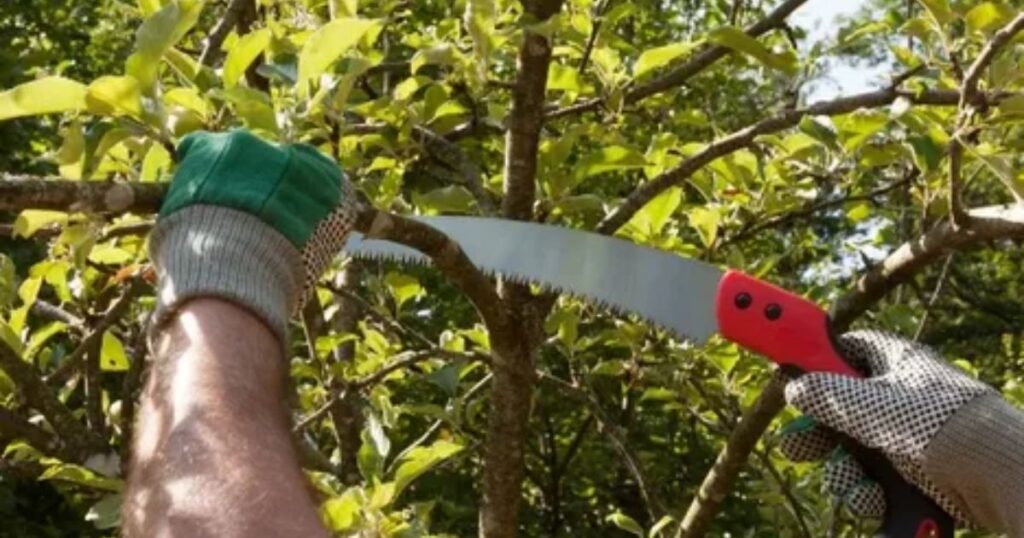
- Prune at the right time — The best time to prune most magnolias is just after flowering. This preserves flower buds for the next season while allowing the tree to recover before winter.
- Use selective thinning cuts — Remove crossing branches, crowded growth, and overly long shoots rather than cutting large sections. This helps maintain the tree’s natural shape while controlling size.
- Avoid topping — Cutting the top of a magnolia can cause unsightly regrowth, stress the tree, and reduce flowering. Instead, focus on lowering branch length gradually over several seasons.
- Regular maintenance pruning — Light pruning every year or two keeps the tree from becoming overgrown without shocking it.
- Train young trees — Early shaping when the tree is young makes size control easier later.
With patience and proper technique, How to Make a Christmas Tree Last Longer pruning can keep your magnolia healthy and beautifully proportioned without sacrificing its stunning blooms.
Conclusion
Pruning a magnolia tree is both an art and a science. Done correctly, it enhances the tree’s beauty, health, and longevity. Whether you are trimming to remove dead branches, shape an overgrown canopy, or keep the tree compact, the key is to prune at the right time and use the proper techniques. Over-pruning or pruning at the wrong season can stress the tree and reduce blooms, so planning is essential.
By following best practices, such as pruning immediately after flowering, making clean cuts, and maintaining regular care, you can transform an unruly magnolia into a stunning focal point in your garden. Proper pruning not only controls size but also improves air circulation, reduces disease risk, and encourages healthy growth. With patience and consistent maintenance, your magnolia tree will continue to offer lush foliage and magnificent blooms for years to come.
FAQ
Can magnolia trees be pruned heavily?
Magnolia trees should not be heavily pruned all at once. Heavy pruning can stress the tree, reduce blooms, and cause unsightly growth. Light, selective pruning is best.
When is the best time to prune a magnolia tree?
Thne a magnolia tree?e best time is just after flowering, usually in late spring or early summer. This preserves flower buds for the next season and allows the tree to heal before winter.
How often should I prune my magnolia?
Light maintenance pruning should be done every 1–2 years. Larger or older trees may require more careful pruning every few years to maintain their size and health.
Will pruning affect flowering?
Yes. Pruning at the wrong time, especially before flowering, can remove buds and significantly reduce the number of blooms for the year. Proper timing is essential to preserve flowers.
Can pruning keep a magnolia tree small?
Yes, with careful and regular pruning, you can control the size of a magnolia tree. However, it requires patience and strategic cuts over multiple seasons rather than heavy topping.
Should I hire a professional to prune a magnolia tree?
If the tree is large, overgrown, or requires significant shaping, hiring a professional arborist is recommended to ensure safety and proper care.

